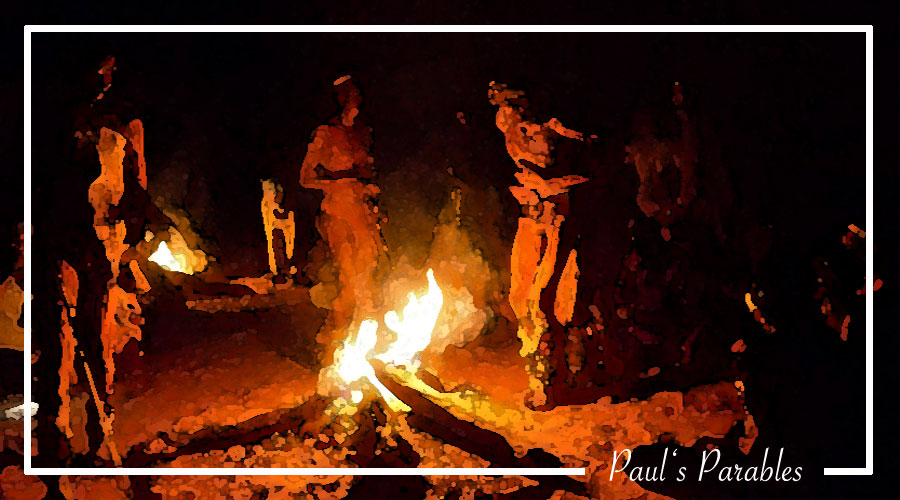
KWANZA AND CHRISTMAS
The term “Kwanzaa” was introduced in 1966 by a professor who was the chairman of Black Studies at California State University, Long Beach. It has somehow been adopted as part of the “Winter Holidays”. Kwanzaa, ending with two “A” s, is not a celebration of Christmas. It has nothing to do with the birth of Jesus Christ.
Let me tell you about Kwanza, ending with one “A” that I saw in Africa, near a place called Kwandruma. Now, in Swahili, Kwanza means “first”, Siku means “day” and in Zaire, “Siku ya Kwanza” relates to the celebration of the first day of the new year. The Kwanza festivities begin December 31st and go through the night. Consumption of Maloufu and Kaikpo is central to the celebrations. Maloufu is an alcoholic gruel, made of aged, fermented corn, drunk slowly from a half-calabash. Kaikpo is distilled from the same raw materials with added sugar and yeast.
A distiller told me that a bottle of the carefully collected drops of the liqueur was sufficient to put down three men. I saw her distiller. A large clay pot had a second inverted pot cemented to it with clay, to trap all the vapors that were given off. A pipe passed out the bottom, now top, of the inverted pot and the connecting copper tubing carried the vapors through the wooden water-cooled condenser. Cold water flowed in at the bottom of a hollow wood log and out the top. The very slowly simmering contents of first pot vaporized the alcohol from the mash until the boiling point of water was finally reached. The potency of the Kaikpo was not printed on the bottle.
Drinking and dancing to the throb of the drum, and the rhythmic plucking of the Adungus and Kinubies, the drunken festivities continued through the night. The one playing the base kinubi never stopped, being supplied with drink by other celebrants, his eyes red in the firelight. The wild welcome went on until daybreak of new year.
Some of the celebrants were still able to walk on the first day, “Siku ya Kwanza” as they shuffled down the dusty road waving banana leaves and chanting in Kilendu to the beat of the driving drum. In their wake were fallen, broken leaves and an occasional inert comrade, lying in his own vomit by the side of the road. One muscular, black, body glistened with sweat and white fragments of undigested corn. He lay still.
I was riding my motorcycle on the way to preach at the Kokpa church. The evil in the air was palpable as I passed this exhibition of tribal tradition and Satan worship. Seventy-five years of gospel witness had failed to convert these people. Many had just added a form of Christianity to their animistic beliefs.
A couple kilometers further down the dirt road I parked my motorcycle near the old Kokpa church. Pastor Dyame was there to welcome me. A group of young people was practicing a song they would sing later in the church service. They loved to sing and would probably have quite a few verses in the song they had written themselves. They were celebrating the birth of Jesus and the new life He made available through His death and resurrection.
Those who accept and celebrate Kwanzaa in California, or Kwanza in Africa have never put Christ first in their lives. Jesus said “I am the way, the truth and the life, no man comes to the Father but by Me.